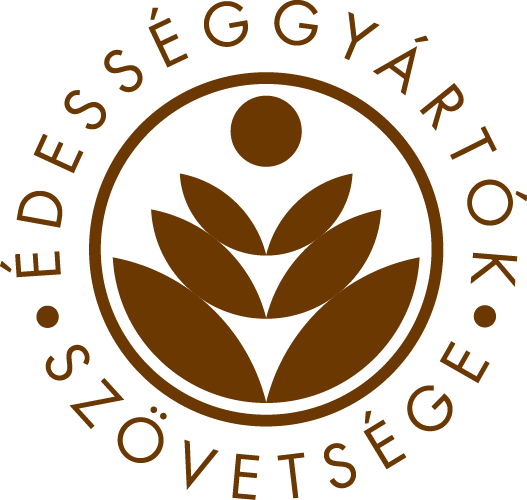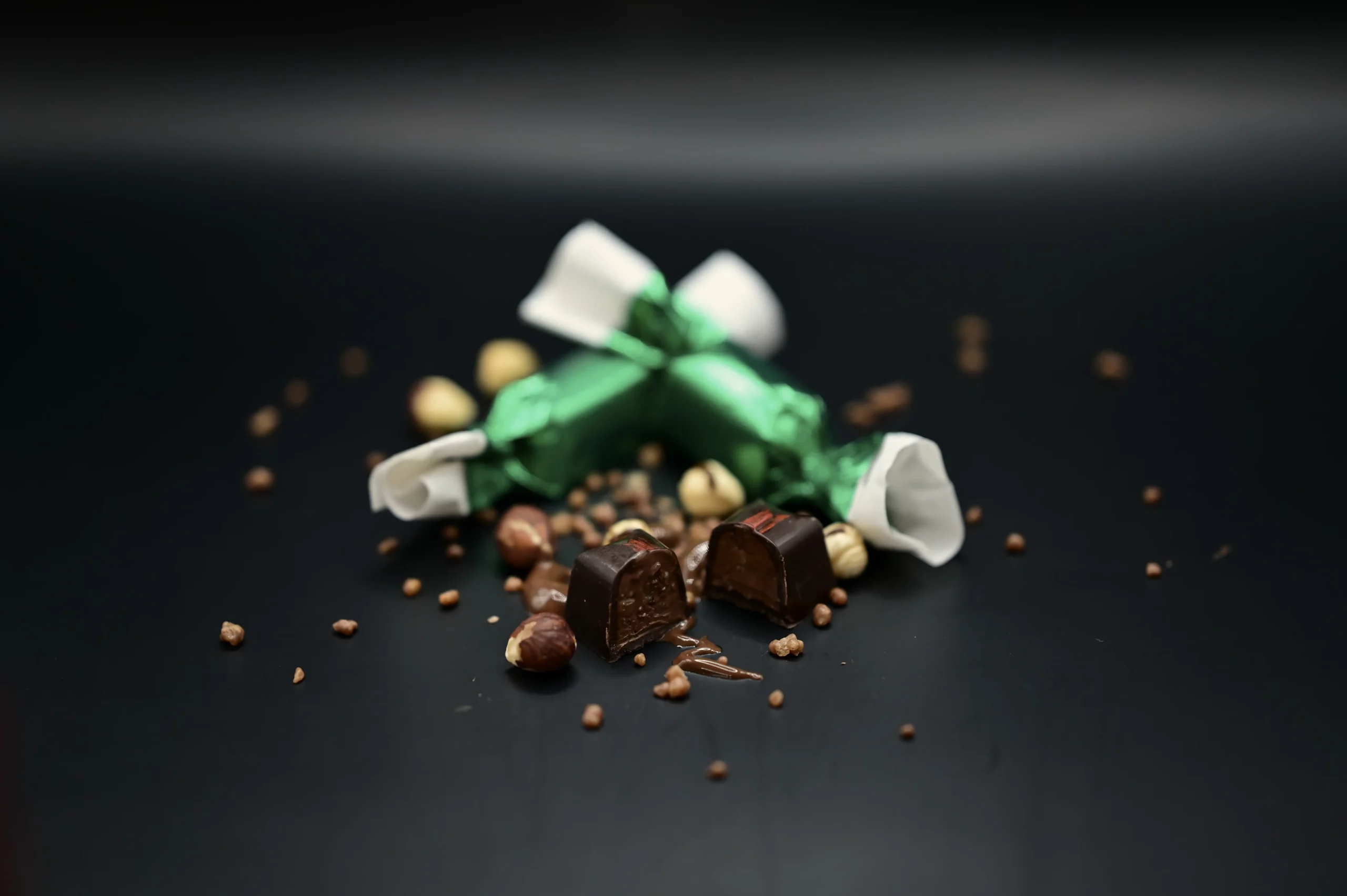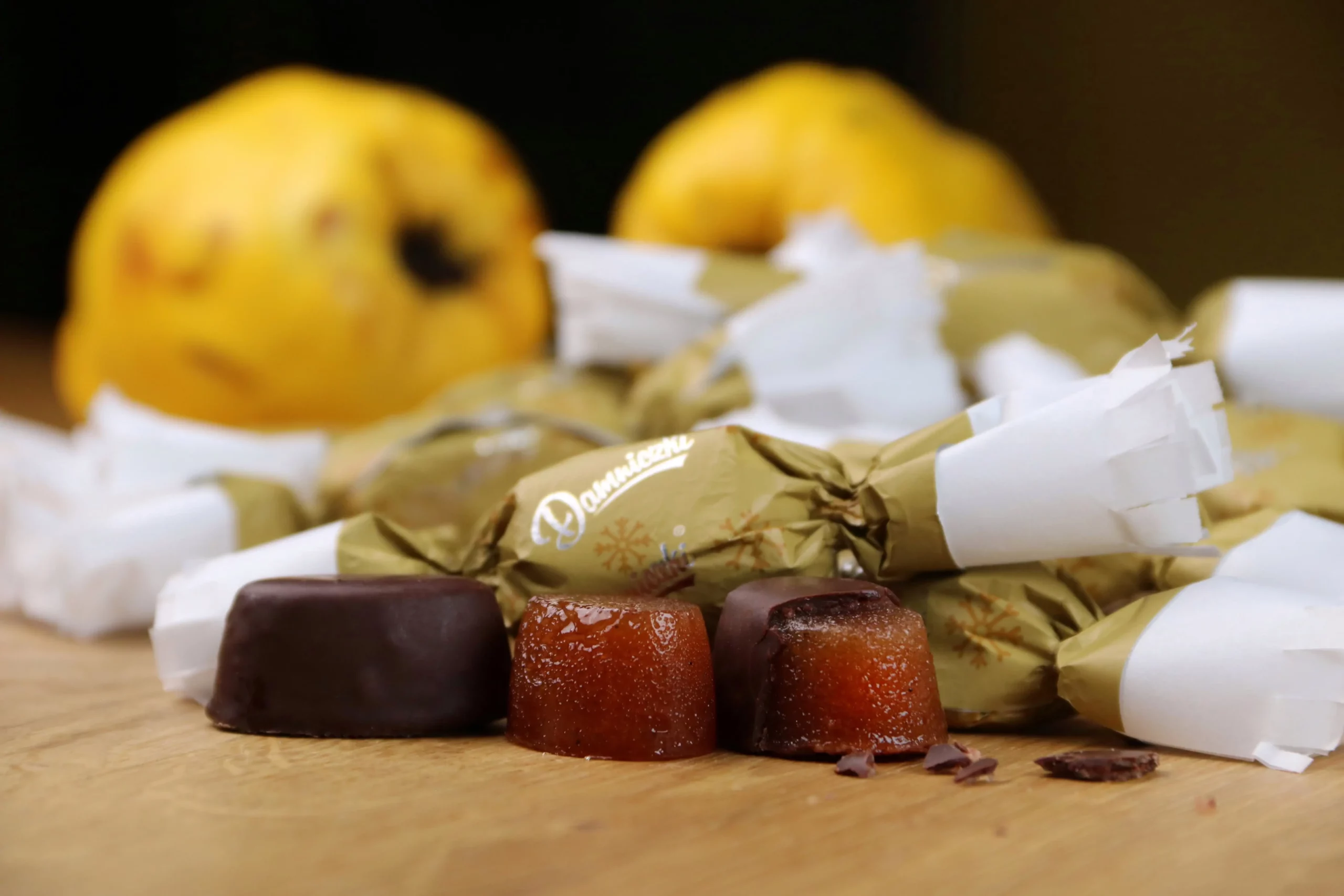It seems that the world market raw material prices for confectionery are stabilising albeit at an elevated level. However, vulnerability remains high. Consolidation can be overshadowed by unexpected political, military, or weather events, as well as the appearance of pests or diseases.
The European price of sugar rose by 100 percent. There is reason to hope that Ukraine could be a good alternative source if the sugar’s growing, harvesting and shipping facilities are operational in 2023. Sugar is cheaper on the world market due to the punitive tariffs of the European markets. The price of cocoa increased by 10 percent, but at the same time the price of future contracts reverted to the previous levels. The price of milk powder increased by 100 percent from the price at the beginning of 2021 to the middle of 2022, but since then it has adjusted back to plus 40 percent; the current price level is decreasingly stable. The price of wheat has increased by 50 percent, but the current price level is stable. The price of vanilla is stable, but due to less flowering as a consequence of negative environmental effects and increasing demand, a staggered price increase of 3-5 percent per year is expected. Vanilla is grown almost exclusively in Madagascar, and an unexpected weather phenomenon could cause significant price shifts for this raw material as well.
Not only for confectionery, but also for many everyday foods, the National Health Product Tax (NETA) significantly increases the prices, in the case of which we are constantly asking the decision-makers to eliminate tax duplication, because the raw materials used are taxed at every point of the production chain. As a result of the import ratio, the forint exchange rate affects the consumer prices too. The atomization of traders’ losses due to price freezes drives up the price of non-price-freeze products, and sweets are particularly vulnerable to this. The increase in costs due to rising wages is also reflected in the prices. The rise in energy prices seriously affects all confectionery companies, but there are varying degrees in this. Businesses working with baking, typically those producing biscuits, wafers and crisps, are the most exposed, as the technology here is based on gas, which is practically impossible to replace with another energy source. Many companies have, for example, modernised their heating systems or installed solar panels (typically in island systems) that improve efficiency.
We expect that the turnover of Christmas confectionery will not fall short of last year, but the quantities purchased may decline. The hit product of the Christmas season is traditional Christmas candy. Jelly-filling is still the most popular, and products with marzipan, coconut, and hazelnut cream fillings are among the most sought-after. Many people have purchased Christmas candies from artisan producers, where there is a huge selection of flavours and a great desire to experiment. For example mulled wine, quince, fruit jelly and salty pistachio flavours have widened the selection of flavour offerings. At the end of 2022, traditional Christmas candy was included in the Hungarian Repository of Values, which currently features 148 items, and was declared a product of outstanding national value.



